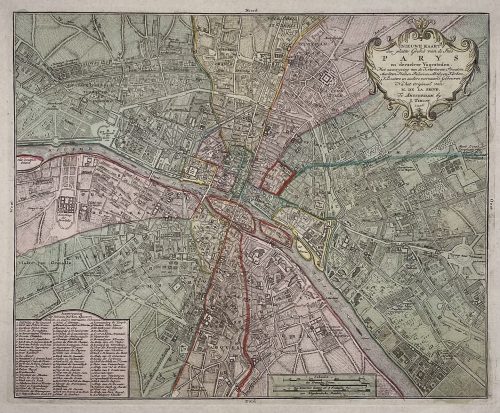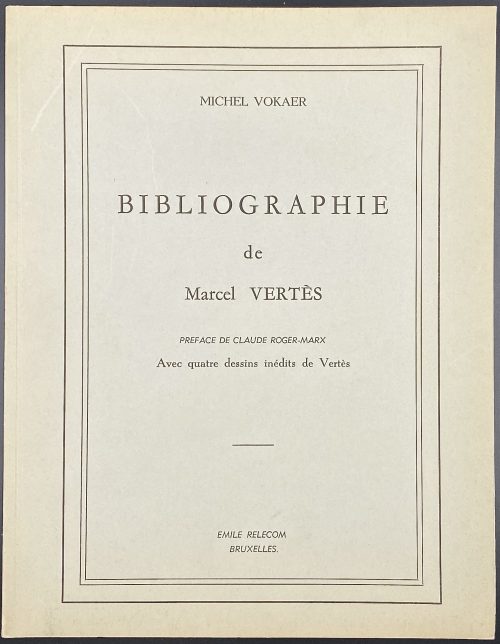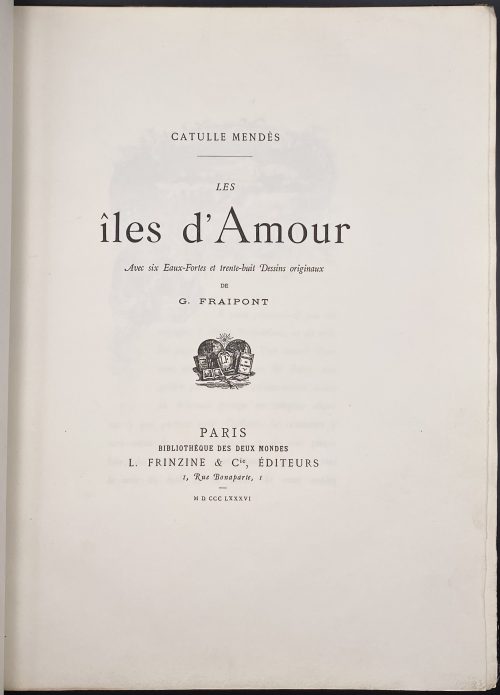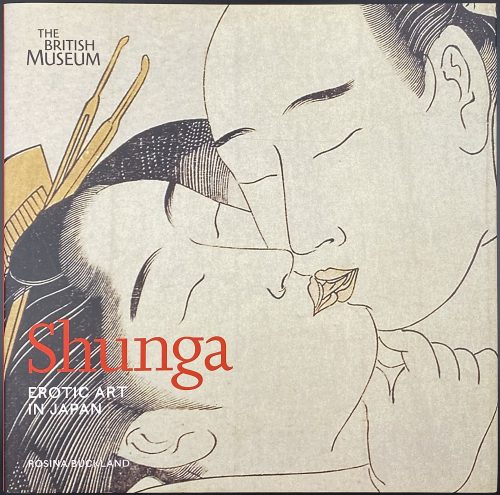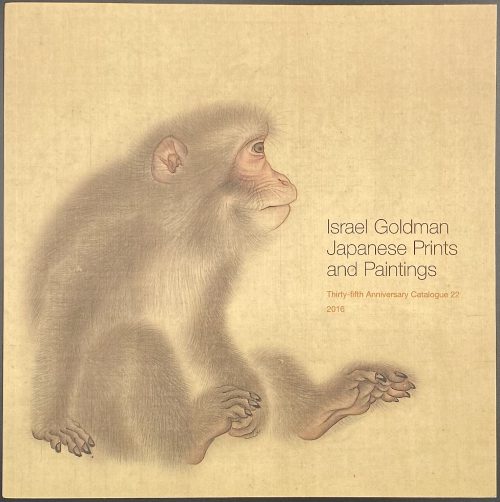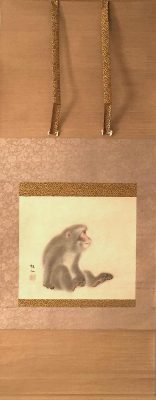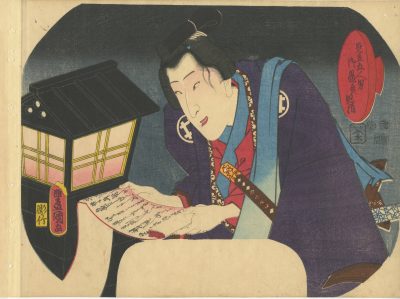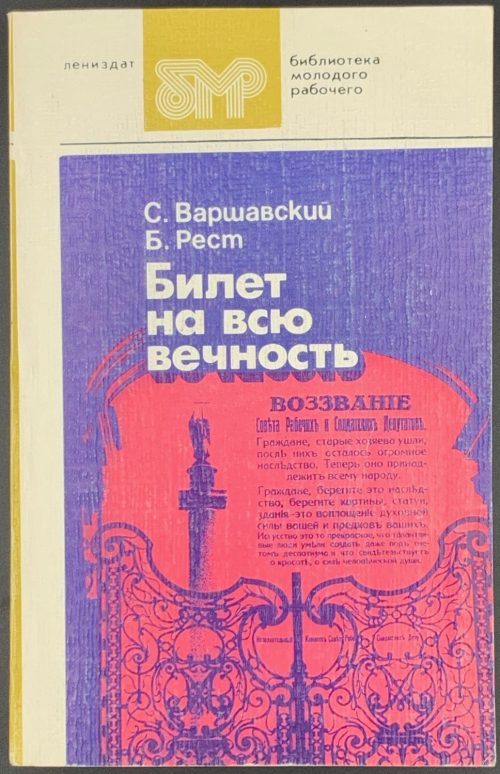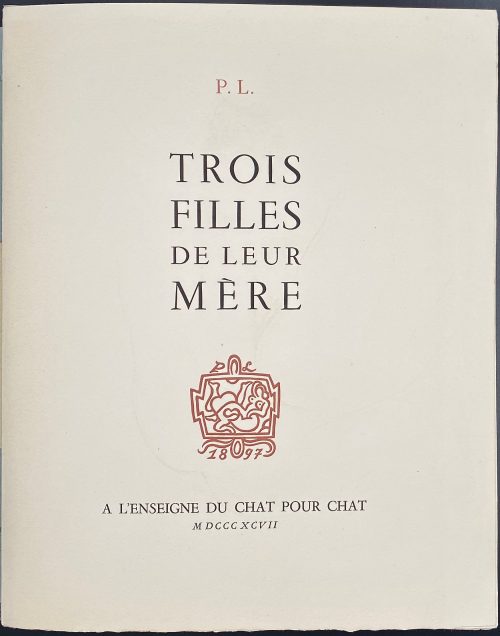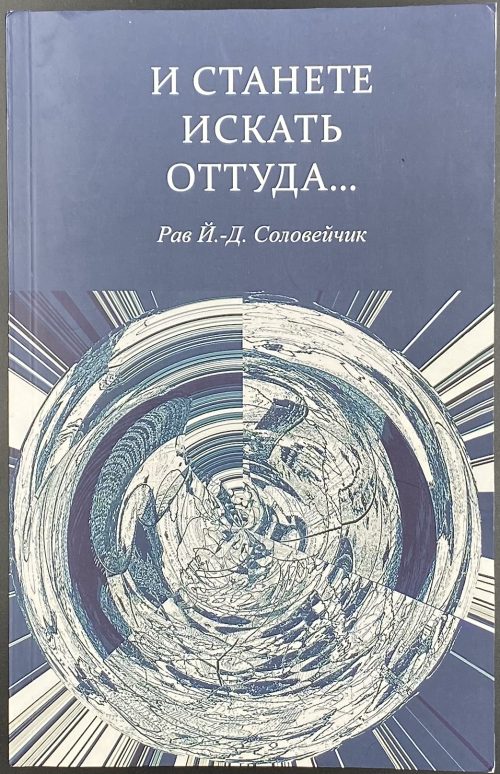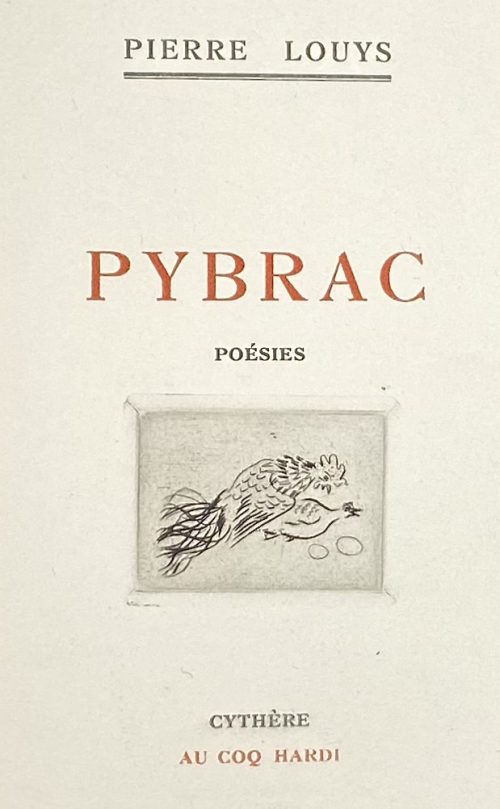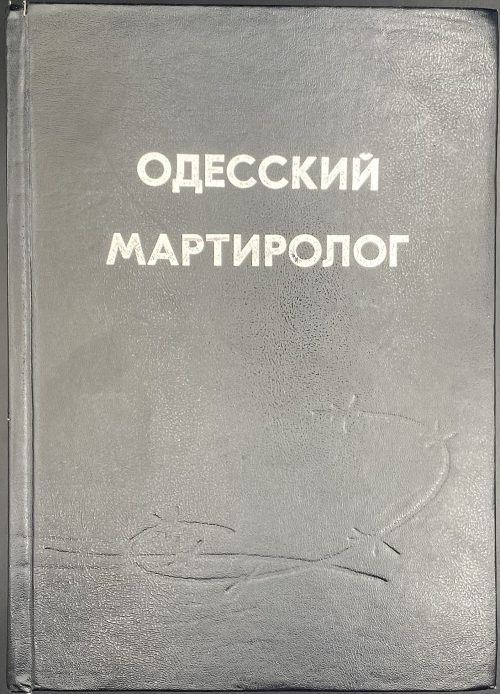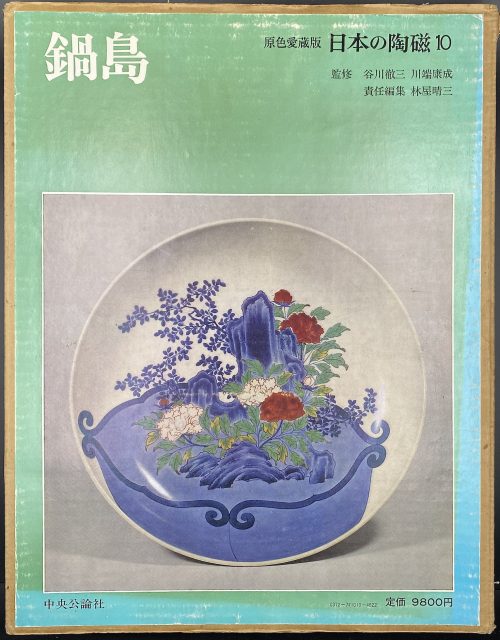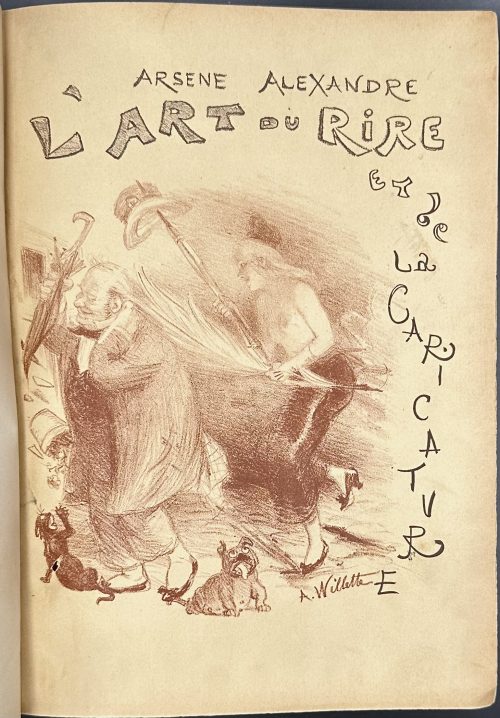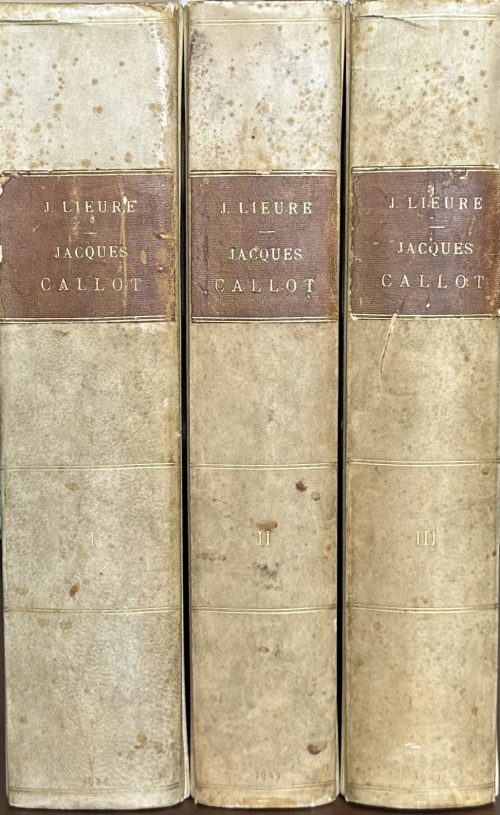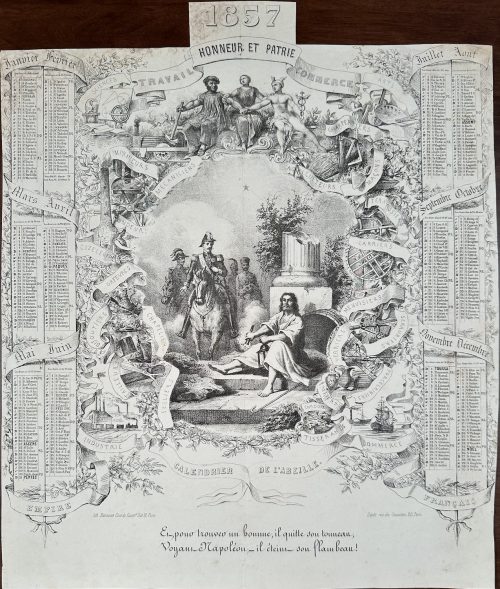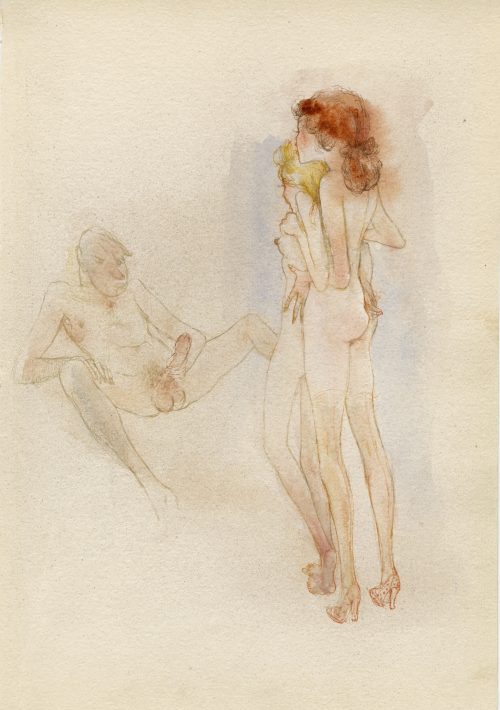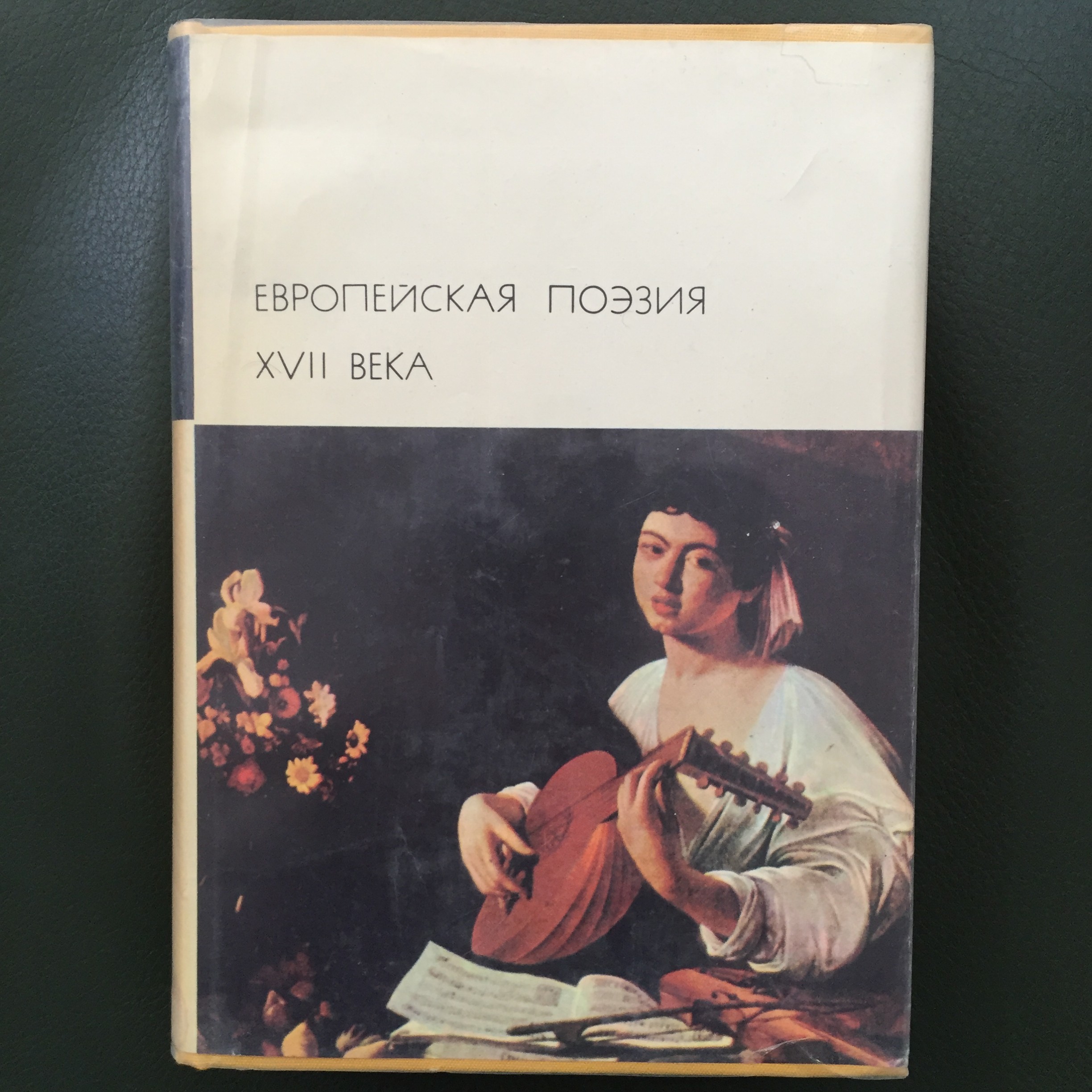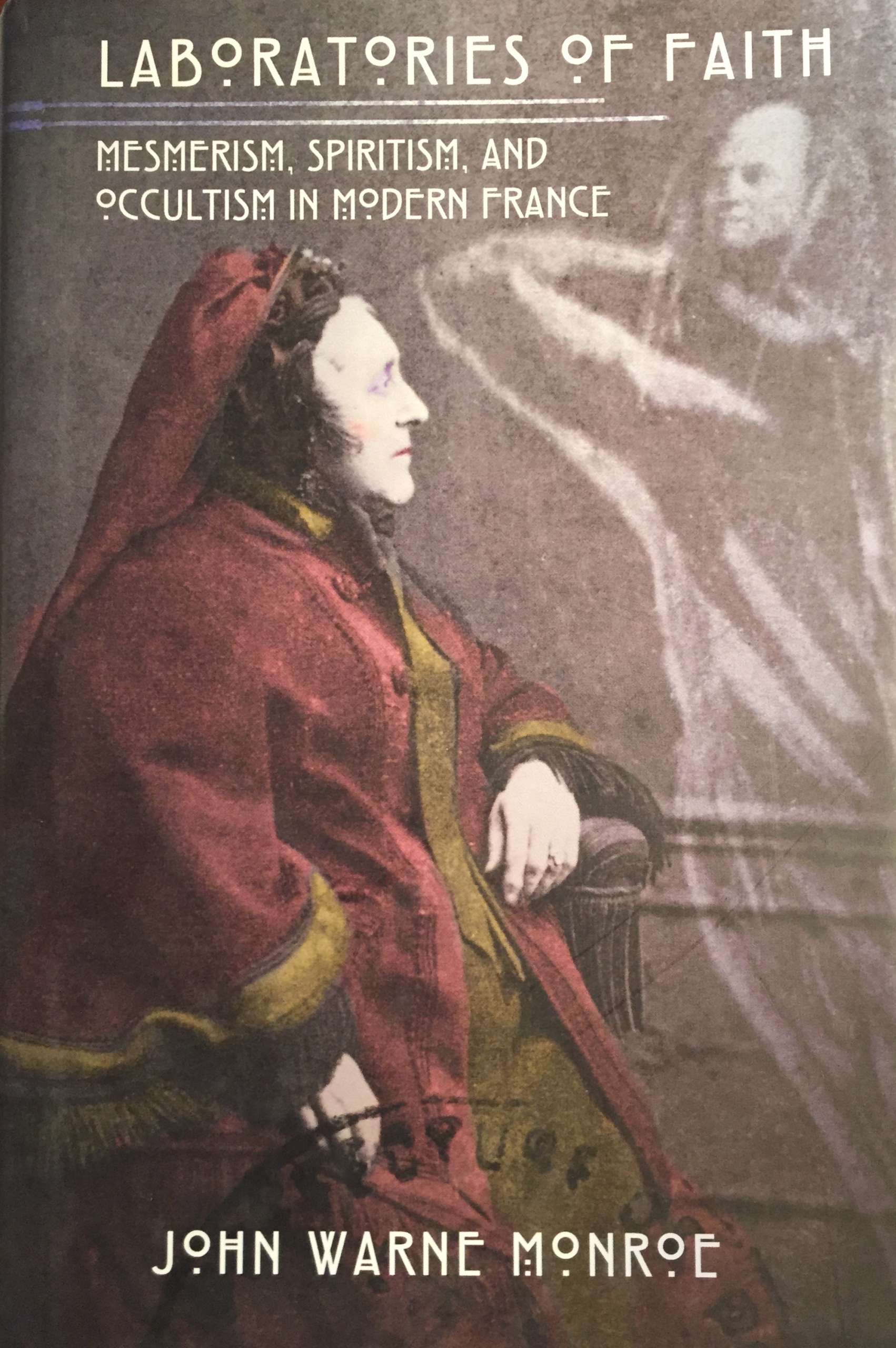Three volumes, 33 x 26.5 x 7 cm each, uniformly bound in 2/3 vellum over marbled boards, outlined with gilt fillet, brown label with gilt lettering to flat spine with double fillet faux-bands, marbled endpapers, top edge gilt, other untrimmed, publisher’s wrappers preserved, incl. spine; collotype plates with captioned glassine guards; armorial bookplate of Comte Alain de Suzannet to front pastedown in each volume. Two volumes of Première partie, wanting, contain
La vie artistique : texte and
La vie artistique : planches.
Title-page (red and black):
JACQUES CALLOT | PAR | J. LIEURE | Introduction de F. Courboin |
Conservateur du Cabinet des Estampes à la Bibliothèque Nationale | — | DEUXIÈME PARTIE |
CATALOGUE DE L’ŒUVRE GRAVÉ |
TOME I (
II,
III) | — | PARIS |
ÉDITIONS DE LA GAZETTE DES BEAUX-ARTS | 106, Boulevard Saint-Germain (6
e) | 1924 (1927, 1927) ||
Vol. 1 (1924): [4] [1] 2-122 [2], wrappers, plates 1-299; printed on September 15, 1924, by André Lesot (Nemours) and D. Jacomet et C
ie (Paris).
Vol. 2 (1927): [4] [1] 2-106 [2], wrappers, plates 300-652.
Vol. 3 (1927): [4] [1] 2-128 [4], wrappers, plates 653-1428; printed on September 5, 1926, by Imprimerie moderne des Beaux-Arts (Bois-Colombes) and D. Jacomet et C
ie (Paris).
Contributors:
Jules Lieure (French, 1866 – 1948) – author.
Jacques Callot (French, c. 1592 – 1635) – artist.
Gazette des Beaux-Arts (f. 1859) – publisher.
François Courboin (French, 1865 – 1926) – author.
D. Jacomet et C
ie (Paris) – printer.
Daniel Jacomet (French, 1894 – 1966) – printer.
André Lesot (French, 1874-1951) – printer.
Imprimerie moderne des Beaux-Arts (Bois-Colombes)
Comte Alain de
Suzannet (French, 1882 – 1950) – provenance.

 Two other examples of the same design may be found at: (1) Christie, Manson & Woods auction sales “Kotetsu”, 1980, page 12, №10 and (2) Professor A. Z. Freeman and the Phyllis Sharpe Memorial collections №36, pp. 18-19. Both have raised mimi, the latter classified as Katchushi tsuba.
More about Kamakura-bori tsuba here.
Two other examples of the same design may be found at: (1) Christie, Manson & Woods auction sales “Kotetsu”, 1980, page 12, №10 and (2) Professor A. Z. Freeman and the Phyllis Sharpe Memorial collections №36, pp. 18-19. Both have raised mimi, the latter classified as Katchushi tsuba.
More about Kamakura-bori tsuba here.




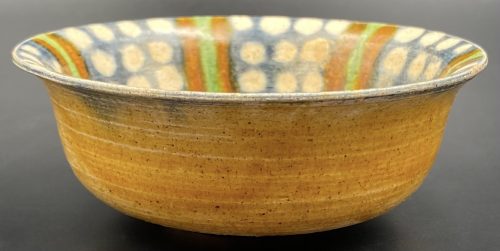
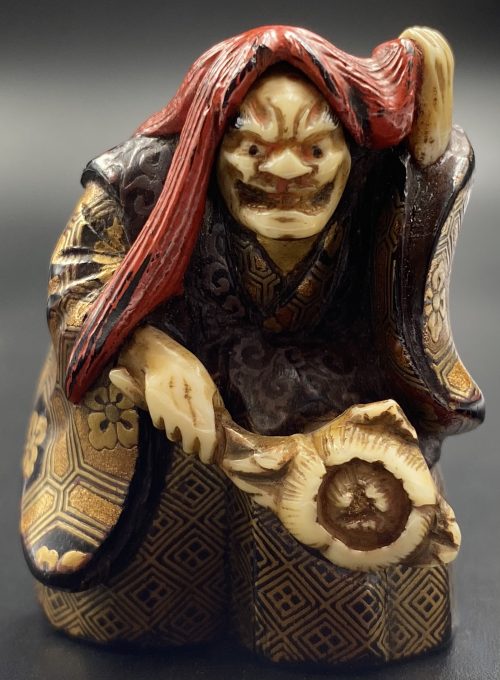
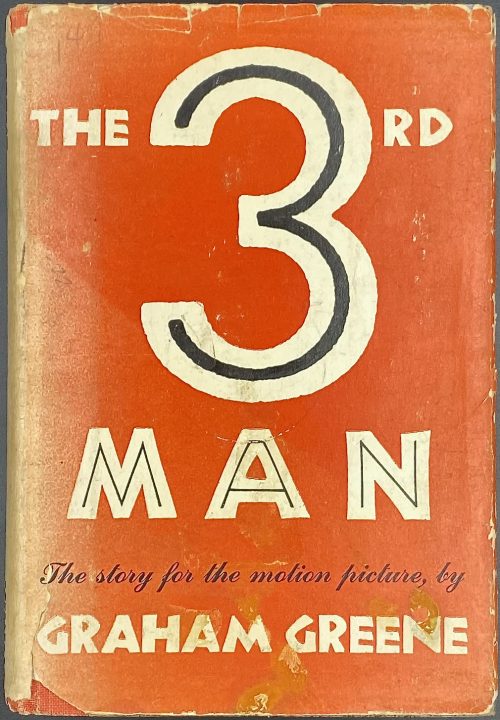
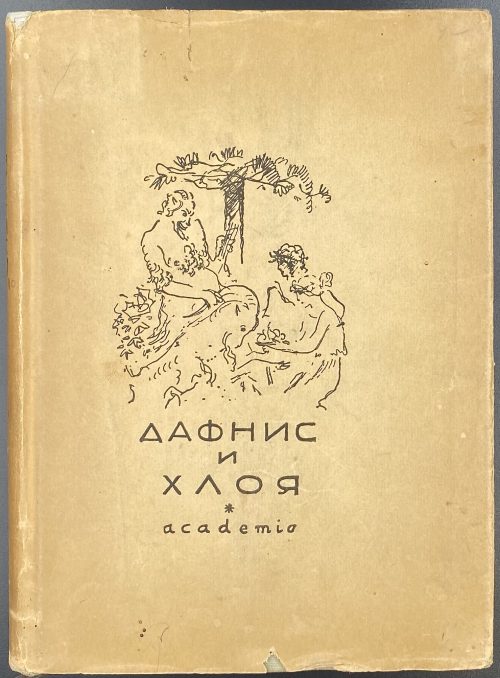
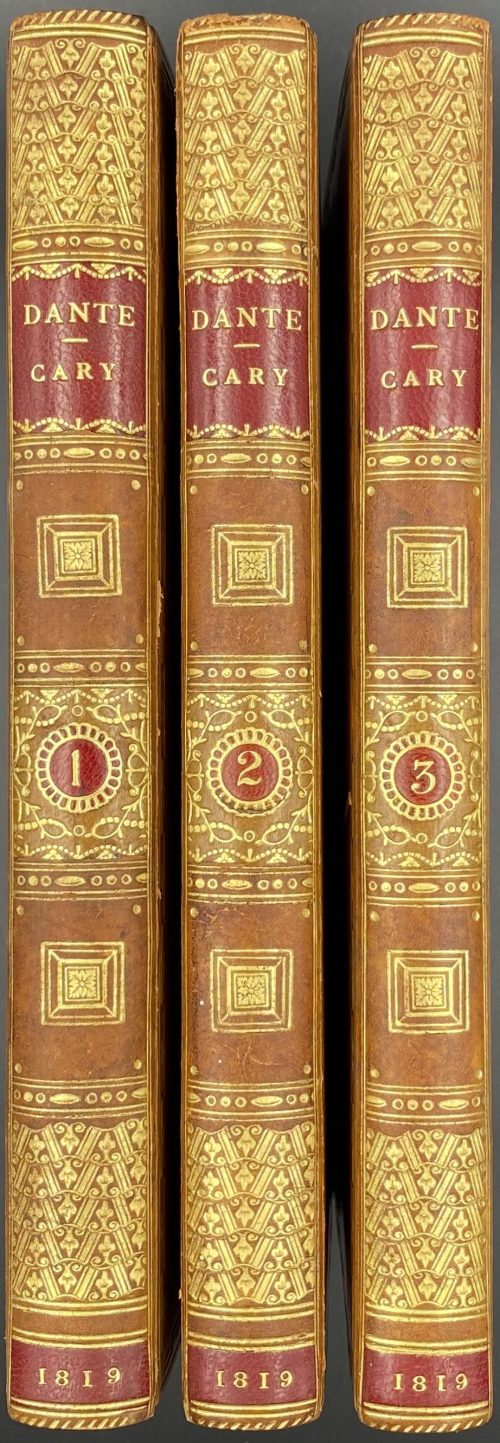
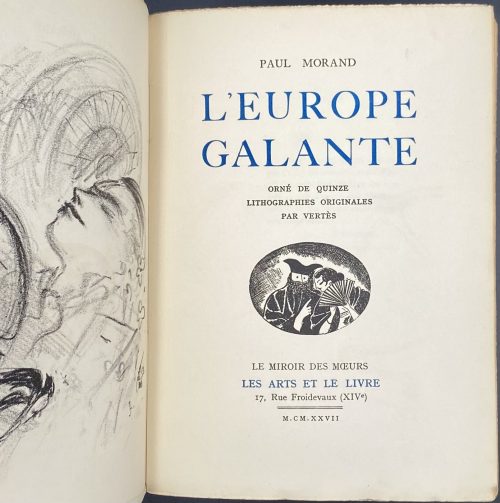
![[Maurice Joly]. Dialogue aux Enfers entre Machiavel et Montesquieu ou la politique de Machiavel au XIX eme Siecle, par Un Contemporain.Publisher: Bruxelles, Imprimerie de A. Mertens et Fils, 1864.](https://varshavskycollection.com/wp-content/uploads/2021/02/LIB-1034-d-500x836.jpg)
